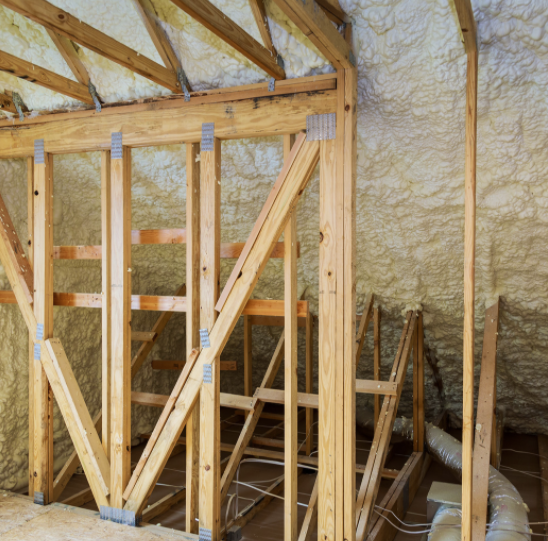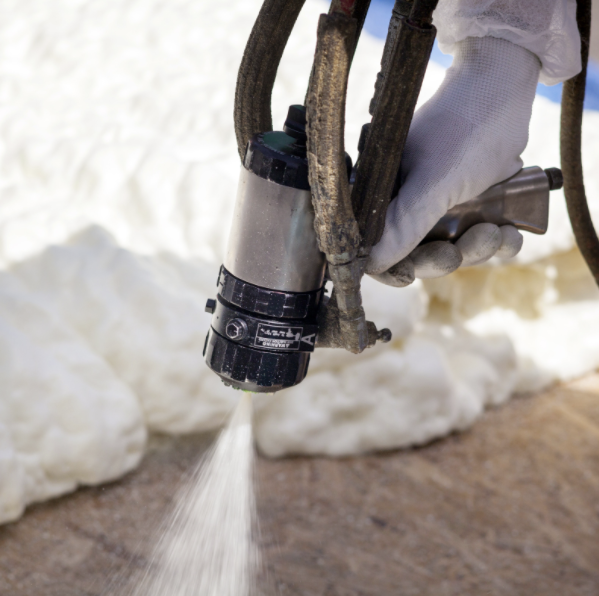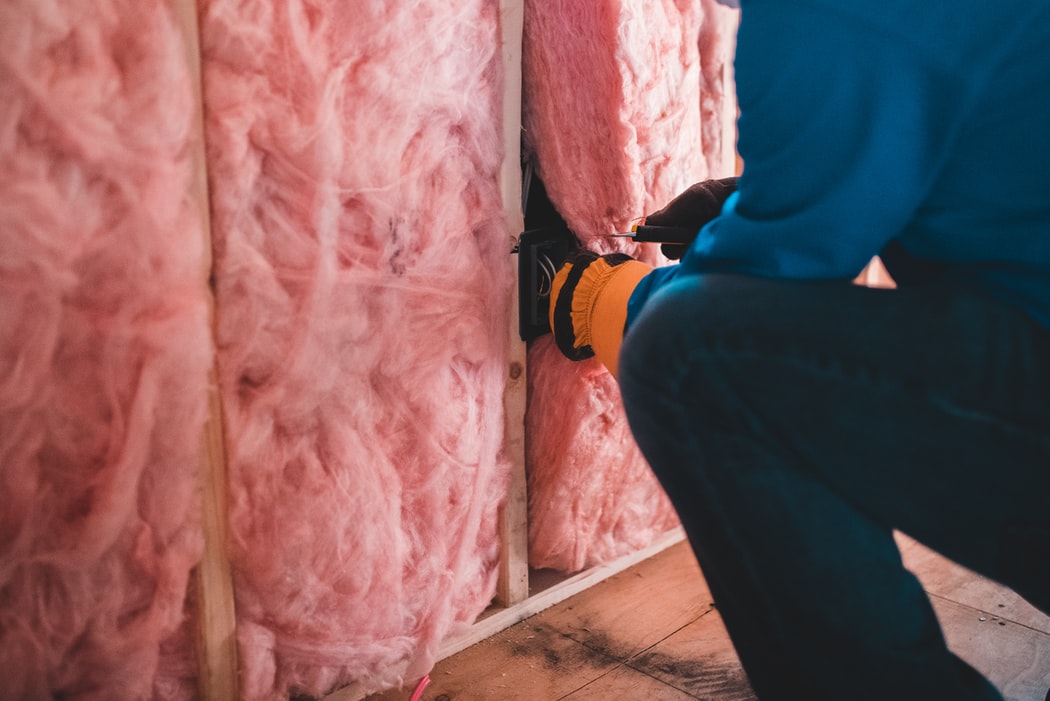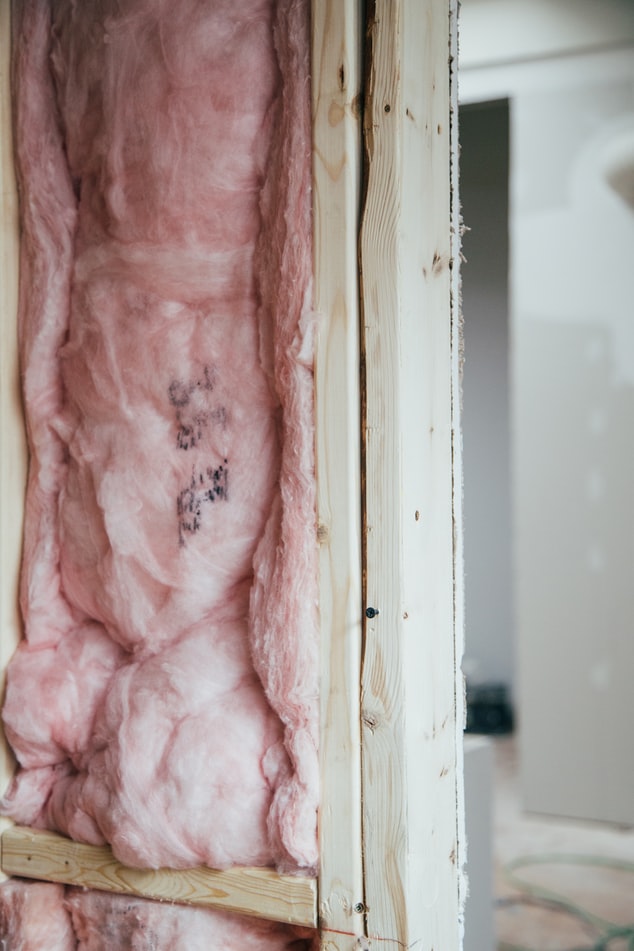You know you have to get new insulation for your home, but you are not sure when to do it? The answer is timing. If you manage to get your new insulation at the right time of the year, you will be able to save money on energy bills and keep you and your loved ones cozy and warm inside.
 Timing is Everything
Timing is Everything
When deciding the best time to replace your home’s insulation, you need to consider time of the year, whether you plan on remodeling some part of your home, and the time of the year when you are going to purchase the insulation.
Time of Year is important to consider. If you live in colder climate where the winters are rough, it is a good idea to improve your insulation prior to the colder months of the year. The best time of the year to install new insulation is during the spring, since it will help you save up during the summer months and into the colder months.
The Best Time to Buy insulation really depends on the homeowner. Usually, most retail places tend to have sales during the colder months. This is because a majority of people tend to have already added insulation to their homes and there is less of a need for it. However, the sooner you can buy and get the job done the better. Insulation helps your home stay cozy and helps you save money on energy bills.
During a Remodel is a good time to install new insulation because it will be easier and more convenient to do so, since you already have work being done in the house. If you add insulation and remodel after, you might damage the insulation and end up having to spend more of your budget adding insulation.
Types of Insulation
There is a wide variety of insulation types in the market, but the ones that stand out the most are blown-in and spray foam insulations because of their durability and effectiveness.
Blown-in Insulation
This type of insulation is fire-resistant with the assistance of cellulose. This type of insulation is good for any spots in your home where traditional insulation is restricted, since it could be flammable. Blown-in insulation is made of fiberglass with is durable but needs to be inspected every 15 to 20 years to make sure that it is in good condition.
Spray Foam Insulation
This type of insulation can last you a lifetime and helps you save money. This is because the spray foam insulation does not allow air flow to go through your house’s walls and ceiling, keeping it warm during the winter and cool during the summer. You will see the difference in your energy bills and feel it when relaxing at home with the family.
Choose Ottawa Insulation
At Ottawa Insulation, we provide a wide variety of services for all your insulation needs. Our team of experts can inspect your entire home to figure out if there are any issues before they become dangerous to you and loved ones. Additionally, we offer a wide variety of insulation services, including blown-in and spray foam insulation, floor and attic insulation, and insulation removal. To get a free quote from one of our representatives, access our website.

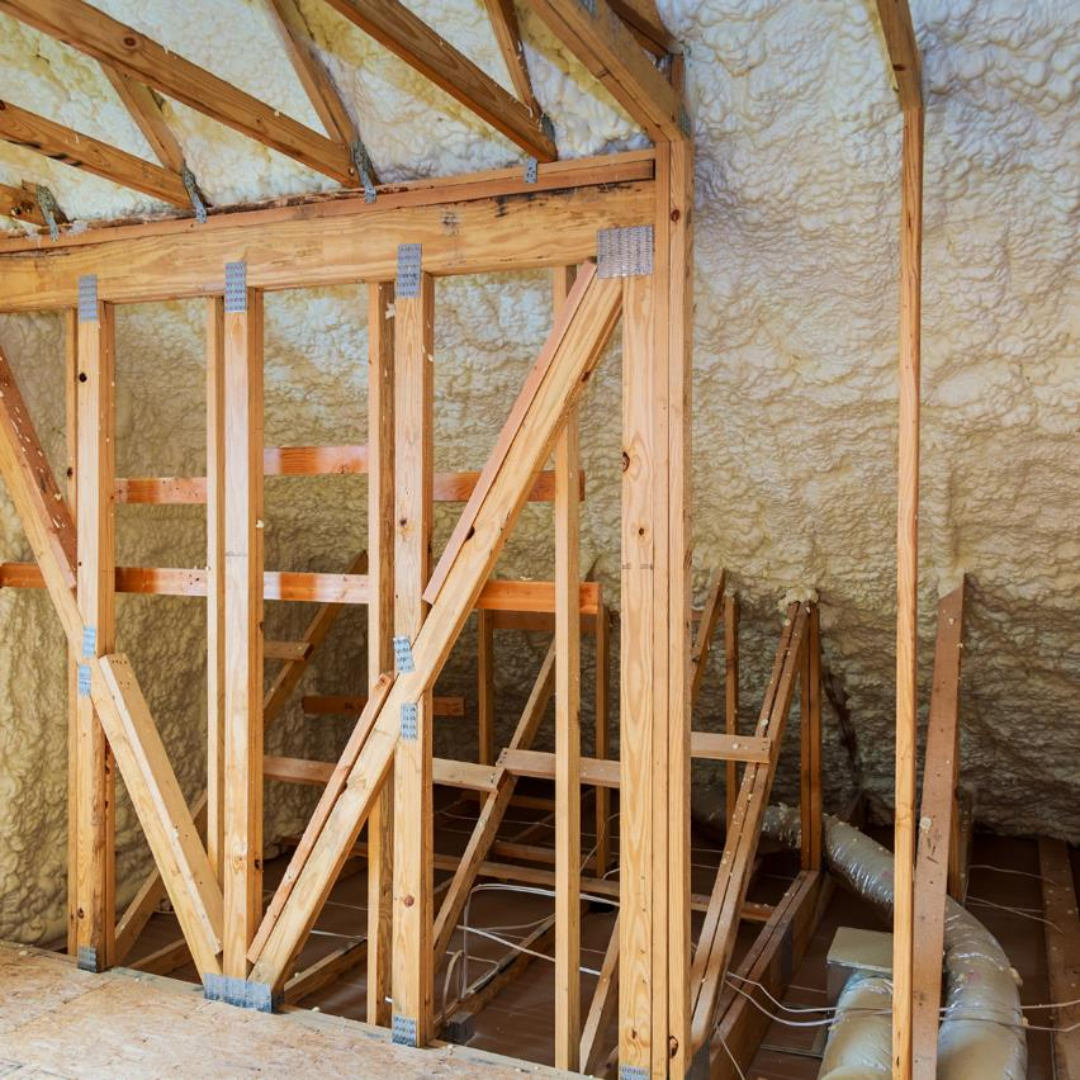
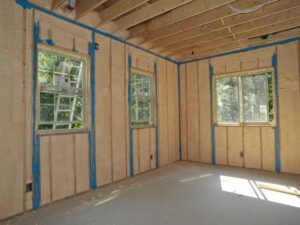 Timing is Everything
Timing is Everything